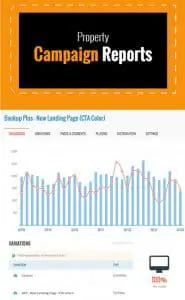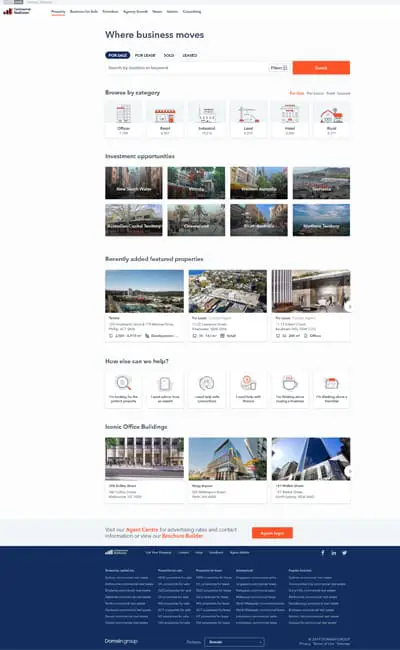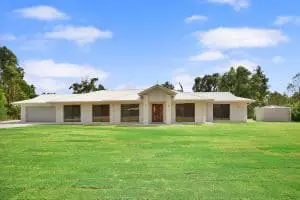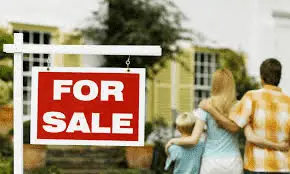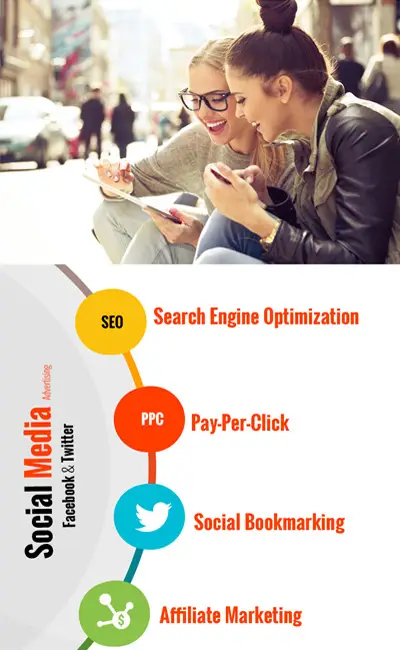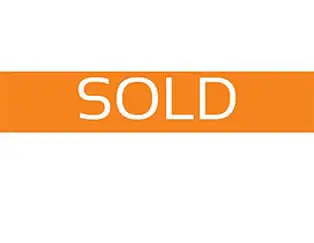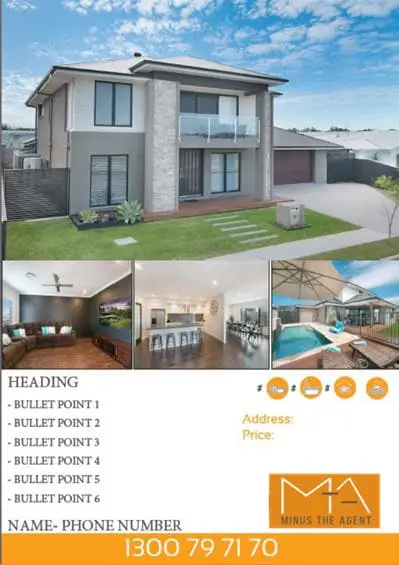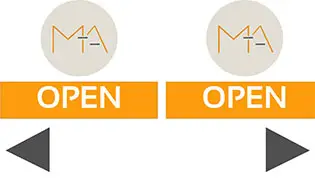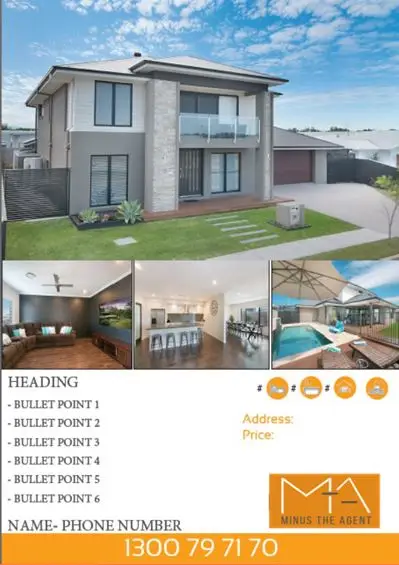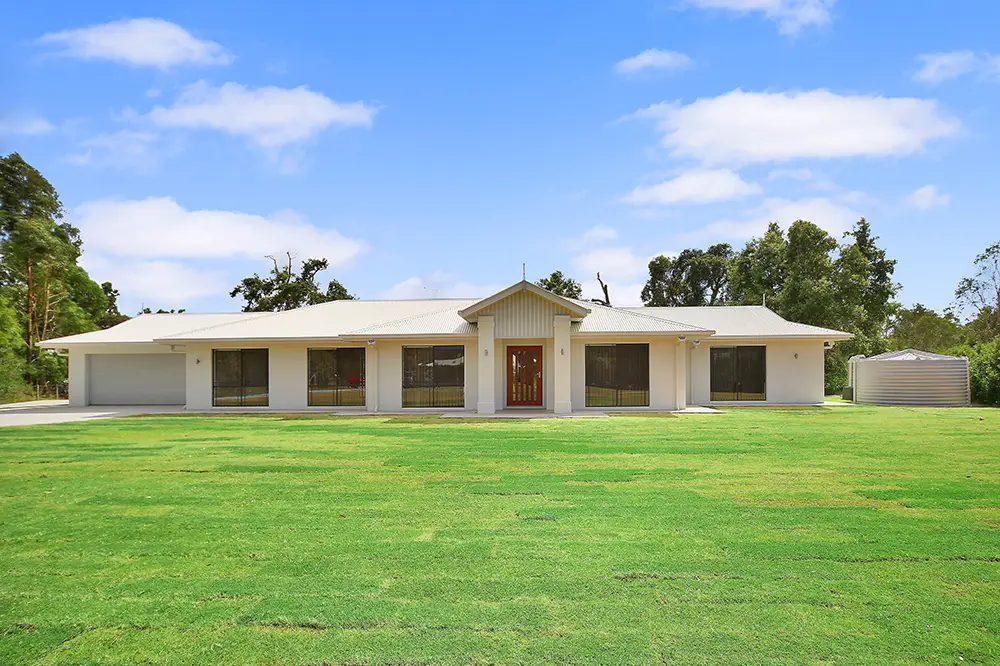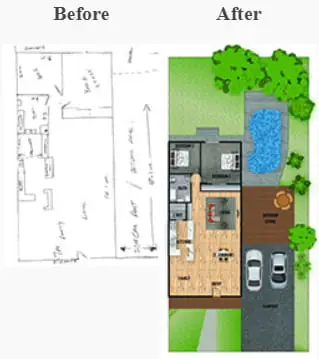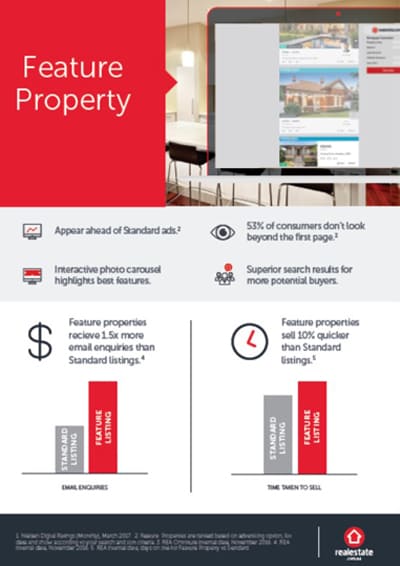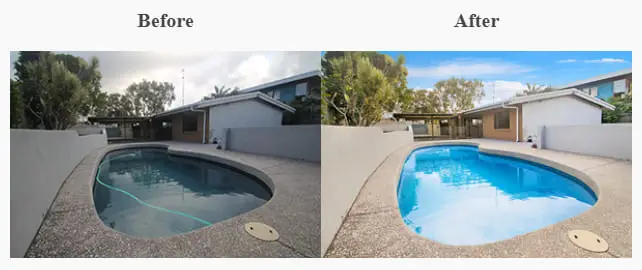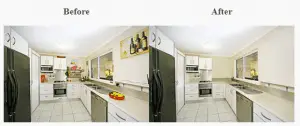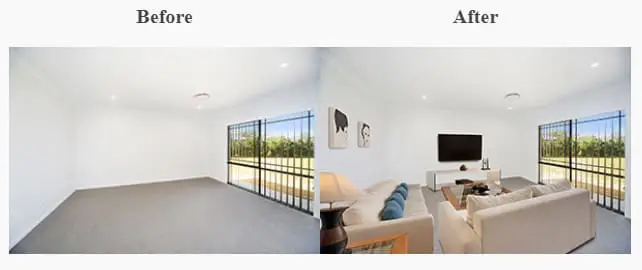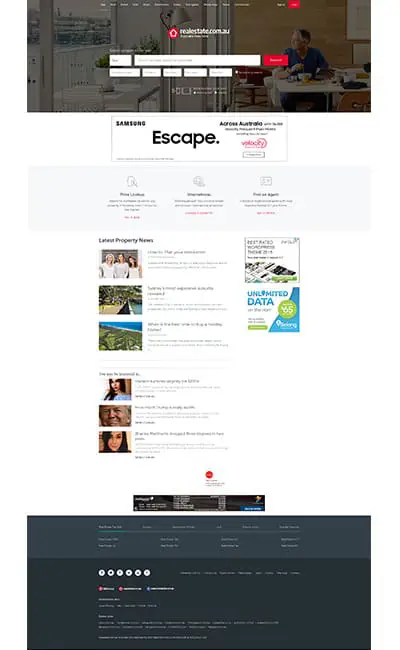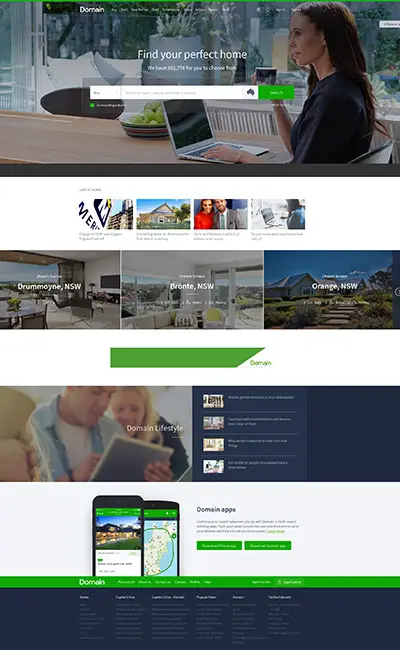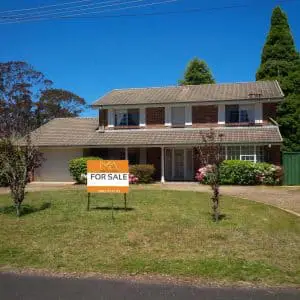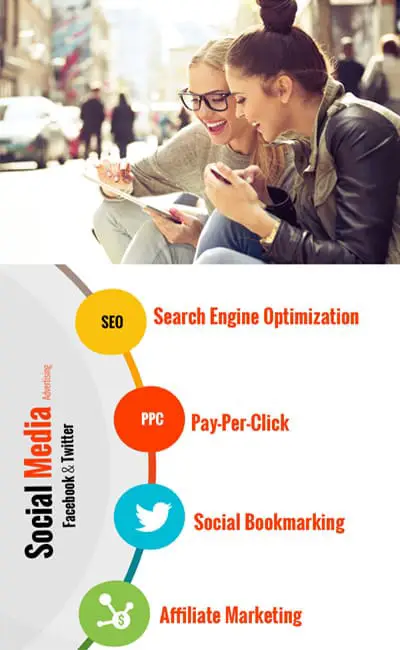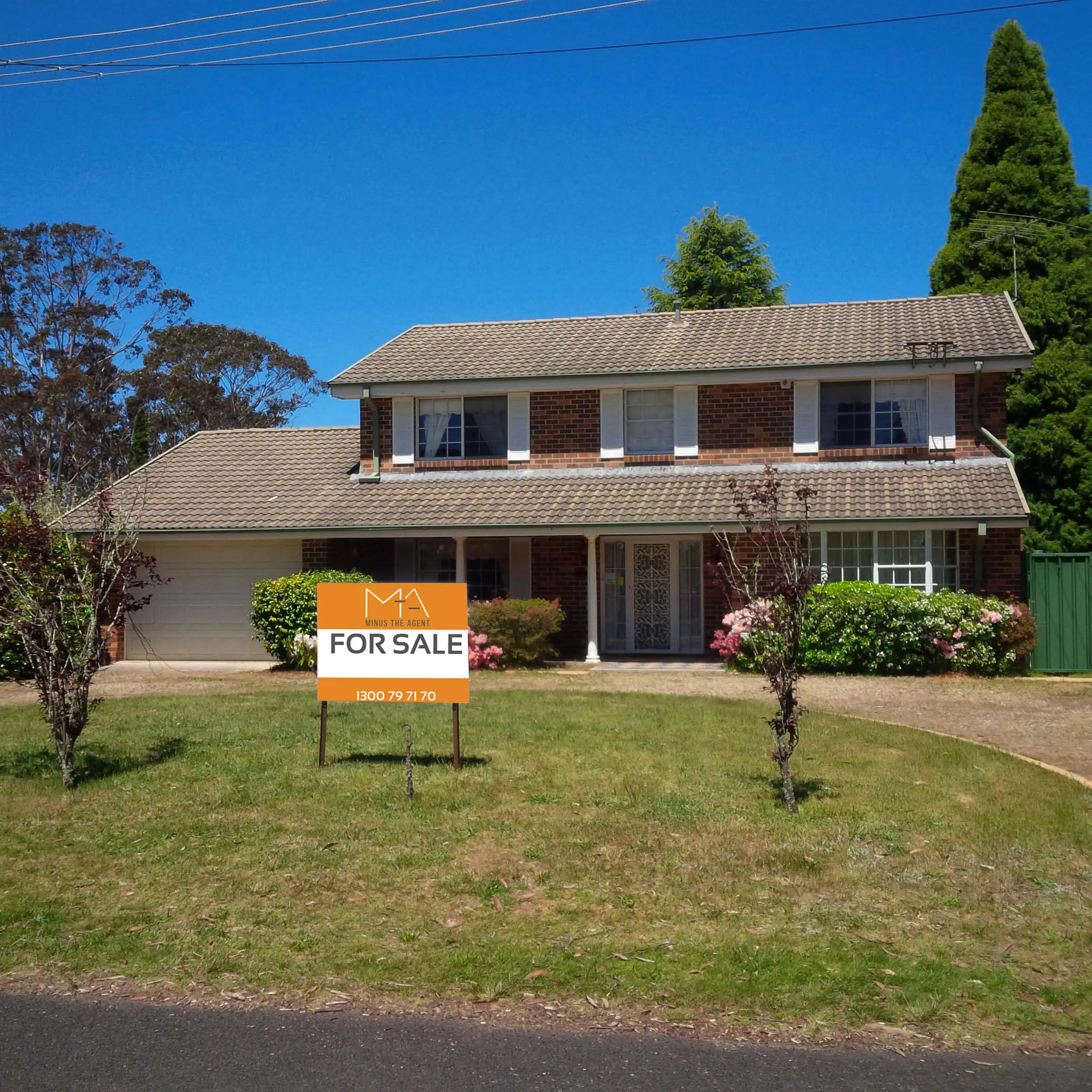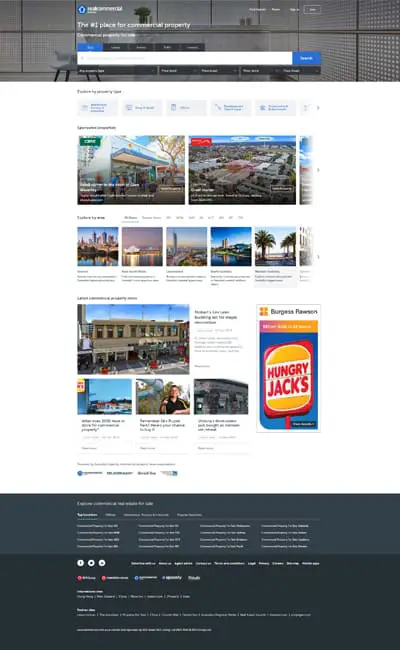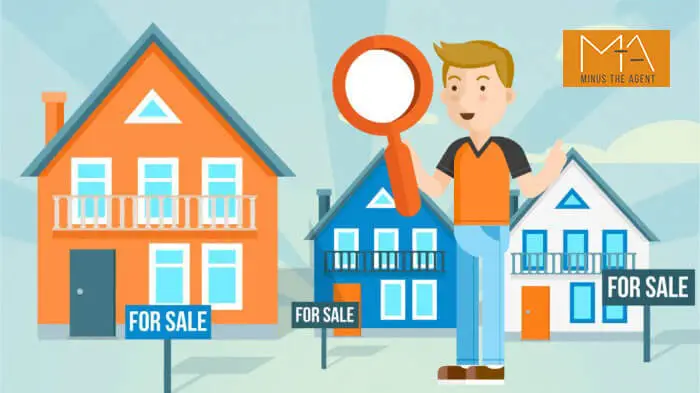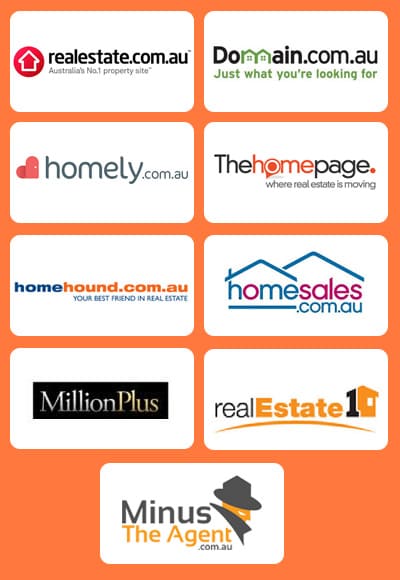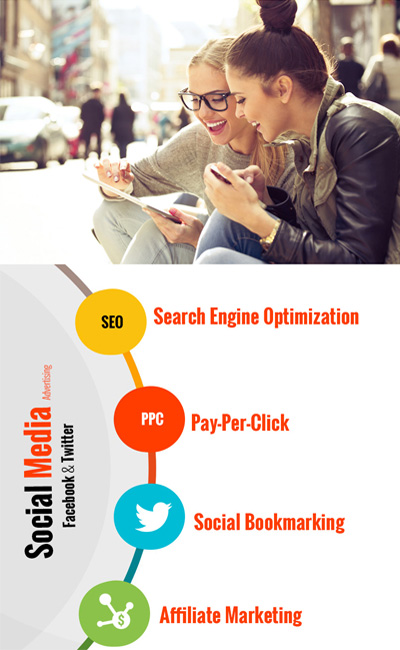How To Sell Your Own Home
For guidance on how sell own home please view our Selling Guide Download
Make your Home Sale a Success
How The World Of Real Estate Has Changed
Preparing Your Home For Sale
Declutter, repair, return clean – Determining what will deliver the best
Presenting your interior……
Remove clutter. This is very important. Too many items can make the home seem cramped and smaller than it is. Huge amounts of personal photos can sometimes hinder the buyer from imagining themselves living in the home.
Cleanliness is godliness. Ensure your home is presented as cleanly as possible. Even though it is important to declutter and be clean ensure not to go too far and have your home looking too clinical and empty.
Appeal to the senses. Colours should be light and neutral when selling your own home. Studies prove that people react more positively to properties with good lighting. Mirrors can be used to magnify the feeling of space and light. Curtains opened to create a light cheerful atmosphere. Prior to viewings ensure all the lights in the house are on to help achieve a light cheerful setting. Try to create a quiet, peaceful atmosphere in your house. A clean smell is important. Fresh flowers and fresh coffee can help. Avoid unpleasant smells such as damp, cigarettes and pet odours.
Free Guide to Selling Your Home
Home Staging
Preparing your home to sell can be a very stressful time. It can be difficult to keep up the enthusiasm and energy that’s involved in selling your property when you really just want to start the new chapter in your life.
Having your home staged by a professional property stylist can be a powerful sales tool. Property Stylists have an
understanding of the design principles and elements to show your property in its best light which can assist you in
getting a quick sale for the best possible price.
It’s a fact that only 5% of the population have the ability to visualise beyond what’s in front of them. Clutter, family photos, wardrobes filled beyond capacity – all these things can immediately distract a potential buyer because they cannot imagine their own personality in the home or perhaps even get a sense of the true space.
Buyers are prepared to pay a premium for a home that stands out from the rest, move-in ready and makes them feel good. That’s right – makes them feel good. The goal of a property stylist is to capture the emotions of a potential buyer – firstly from the photos on the internet and secondly at open inspections. We want to encourage buyers to imagine what it would be like to live in the home.
On the other end of the spectrum, an empty home can lack soul. Not only does this not set the mood for potential buyers, but if the space is devoid of furniture buyers will pick it to pieces and look at every little detail. They also might not be able to get a sense of what should go where. Placing the right furniture in just the right way and creating zoned areas provide an overall impression.
Home staging can offer an attractive alternative that will cost you a lot less than a significant price reduction on your property. It has been proven time and again that staging your home can dramatically increase your chances of selling over your asking price. Staging is a small investment with a potentially significant return.
Determining the Value of Your Home
What a hot topic! Exactly what is your home worth?
There are a number of factors that determine the price of a home. Supply and Demand, Interest Rates, Economic growth, Demographics, Location, Features and Finish of your home and even the ability to extend/renovate/add on to increase value. Your time frame and the motivations of other sellers also play a part.
Professional bank valuers and real estate agents begin with comparisons, and so should you.
Knowing What Your Competition Is Doing
Check your competition on a major real estate sales website such as www.realestate.com. The more factors (such as number of bedrooms, bathroom, carparks, pool and location) that match with your house, the more accurate your comparison will be.
Just remember that comparing asking prices is not a comparison of what the properties are worth, rather it is a comparison of what the sellers hope to get. Again, the property is worth what someone is willing to pay for it, no more, no less. The proof of how much an individual property is really worth can only be seen after it is sold. This is why you will also need to check the sold section to help to develop a truer picture of the market value of your house.
Setting a Listing Price for your Home Buyers are well informed and pricing is still the biggest hurdle to achieving a sale. The largest number of buyers will see your property within the first 14 days of listing it on the internet for sale. Research shows that properties overpriced take a longer time to sell and eventually sell at a lower price than a correctly priced property.
It is important to list your property at a price that is suited to the market in which you are selling.
Listening to Feedback
Marketing
Professional Photographs
A picture is worth a thousand words, and in real estate, a good picture could be worth thousands of dollars. That’s because good photographs of a home engage potential buyers, helping them to connect to it. Good photos encourage buyers to inspect a property while bad photographs turn people away.
Put simply, the aim of good quality real estate photography is to get buyers to visit the home. From there, you will need to do your bit to show off the home’s best assets. And as any agent will tell you, getting people through the door is the key to selling a property. With that in mind, as a seller, one of the best ways to think about the photography of your home is that it is the first and most important open home of your property’s sales campaign.
Take the time and make the effort to present your property as best you can and you really can add value to your home.
Your home is probably one of your biggest assets so as a seller you’d be wise to entrust the photography of it to an experienced photographer. In this age of online research and shopping, professional quality photos help your property stand out in the crowded real estate market.
Identifying and Targeting the Buyer
Viewings / Inspections
Negotiating
Contracts
- The contract is signed…
- The initial deposit is paid…
- You have appointed a Solicitor/Conveyancer… (refer below to Soliciors/Conveyancers)
- The cooling-off period has passed…
- All inspections and conditions have been satisfied…
- The balance of deposit is paid…
- You’ve disconnected all services and notified all domestic suppliers of your departure and forwarding address…
Solicitors / Conveyancers
Before making a choice as to who will do the conveyancing, you should find out the probable cost. It is important to contact more than one solicitor or licensed conveyancer as there is no set scale of fees for conveyancing. You should:-
- check whether the figure quoted is a fixed fee or will vary if more work is required
- check that the figure includes expenses and GST and get a breakdown of these costs and what it covers
- find out what charges, if any, will be made if the sale falls through before contracts are exchanged.
If the buyer is paying a deposit, this will be paid to your solicitor at exchange of contracts. The solicitor will hold this deposit until completion. You must arrange to leave the house empty by settlement day and to hand over all the keys. Your solicitor will receive the rest of the purchase price from the buyer and will pass this, together with the deposit, to you.







